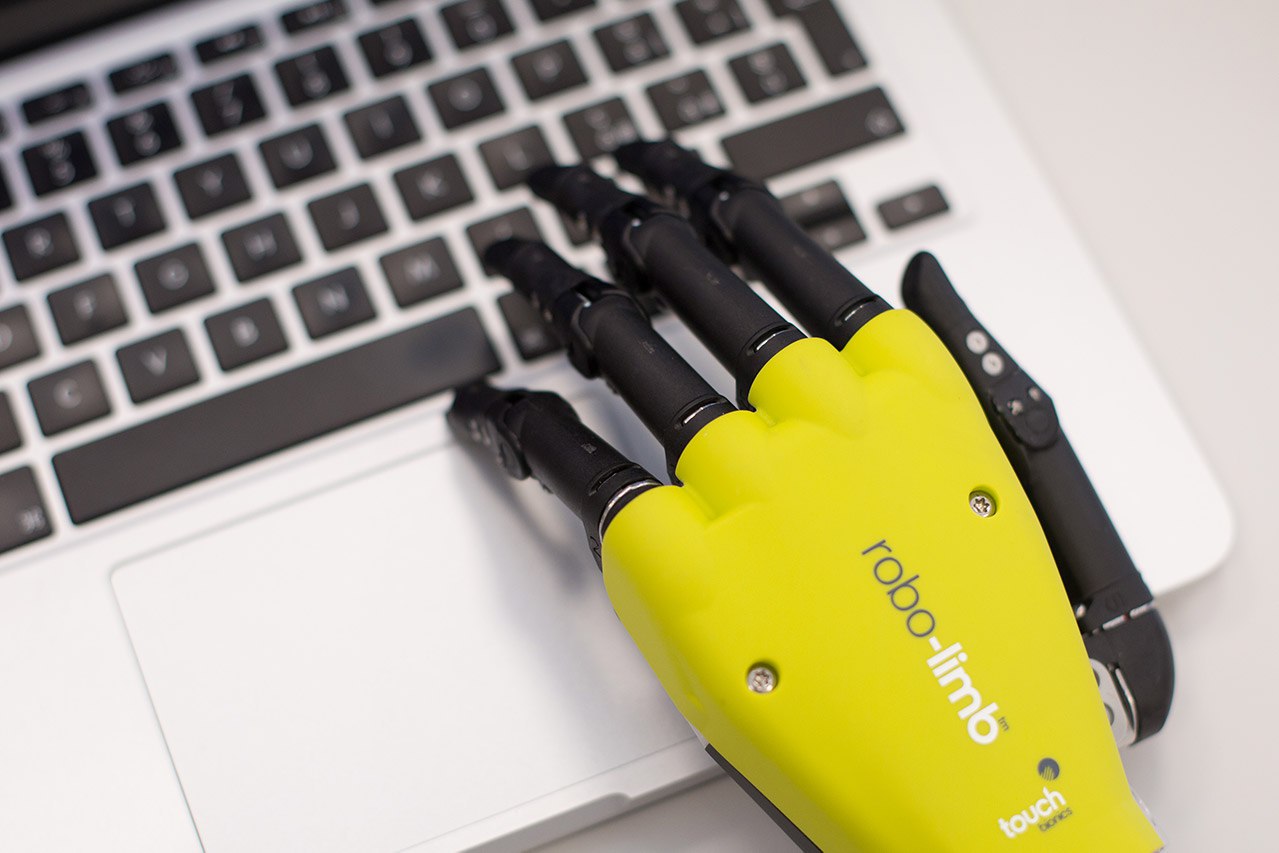Researchers at Stanford University have developed a novel control system for prosthetic hands that uses high-frequency ultrasound to detect intricate muscle movements. The technique delivers more natural and dexterous control, sensing hand gestures down to individual fingers.
Dubbed SonoHand, the system involves an array of tiny ultrasound transducers fitted inside the prosthetic arm socket. The sensors continuously pulse sound waves into the residual forearm muscles, picking up reflections that reveal contractions and tensions with precision unmatched by electrodes.
Advanced AI algorithms analyze the shifting ultrasound echoes to identify activation patterns corresponding to specific intended hand motions. Instantaneously, these classified signals trigger appropriate movements of the prosthetic fingers.
Lead researcher Dr. Alice Yang said, "SonoHand creates a highly sensitive biointerface, revealing subsurface muscle dynamics in high definition. The ultrasound feedback loop enables amputees to control prosthetic hands as intuitively as their natural ones."
The ultrasound sensing captures nuanced muscle strains and multidirectional deformations needed to convey fine motor skills. Users can fluidly gesture, point, and manipulate objects after minimal training. Subtle motions like pinching fingers together also translate naturally.
Compared to electrodes placed on the skin, SonoHand's non-invasive approach causes no discomfort and requires no inconvenient gel or adhesives. The compact transducers are housed in a wristband, making the system discreet and robust for everyday use.
Dr. Yang's team envisions the technology restoring a richness of expression and nonverbal communication through lifelike prosthetic hand motions. Fluid arm gestures while speaking or signing, finger counting, and delicate object handling could greatly improve natural engagement and quality of life.
After further miniaturization and durability testing, the researchers aim to conduct studies with upper limb amputees to evaluate real-world functionality and qualitative benefits. SonoHand may one day make prosthesis use and adaptation more seamless.


















